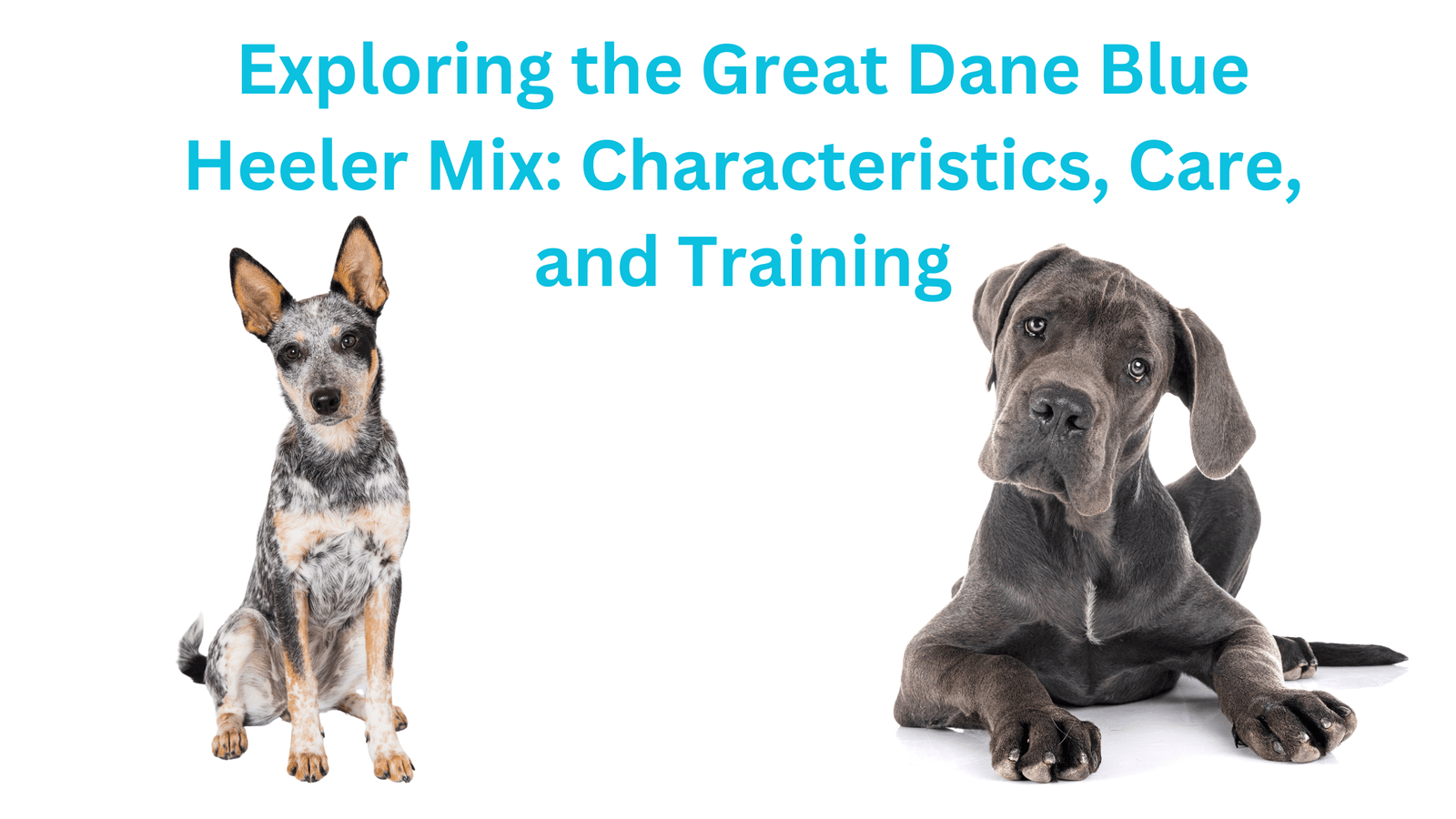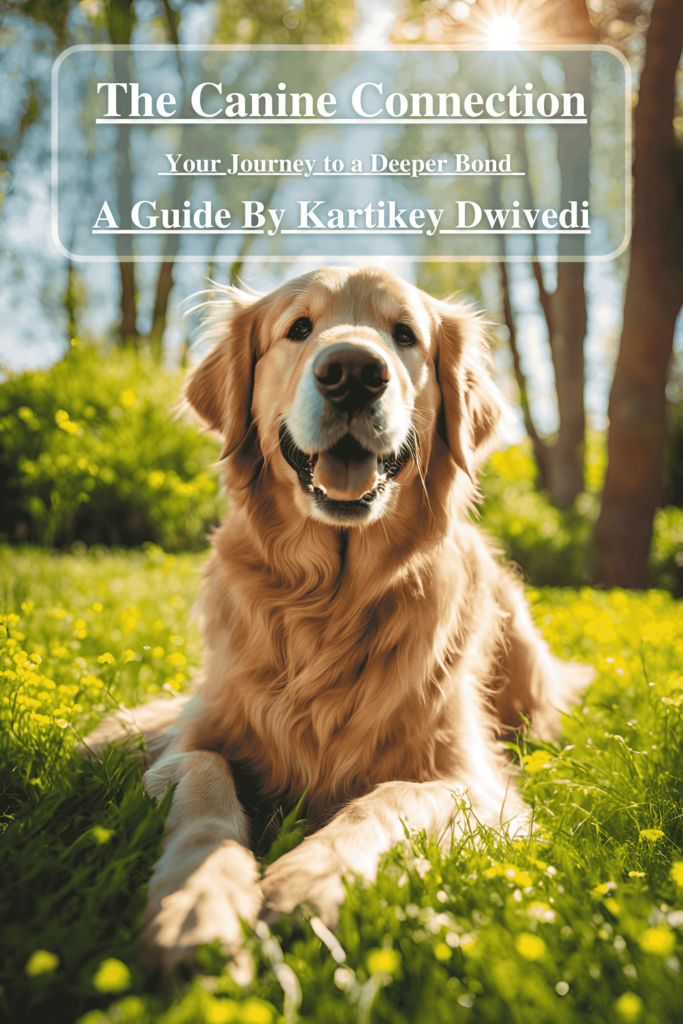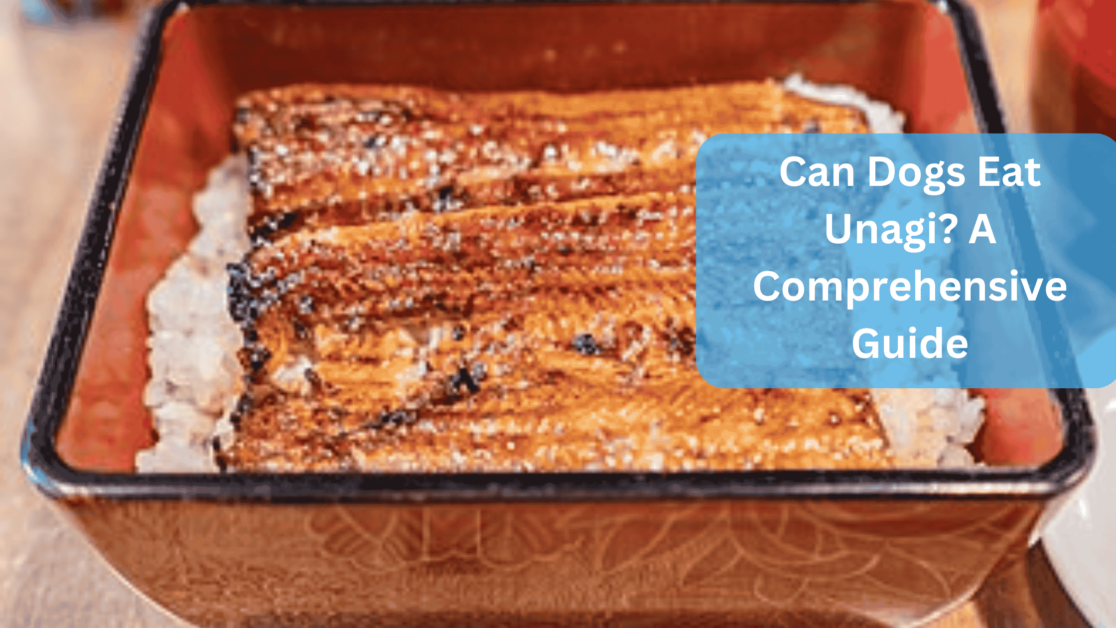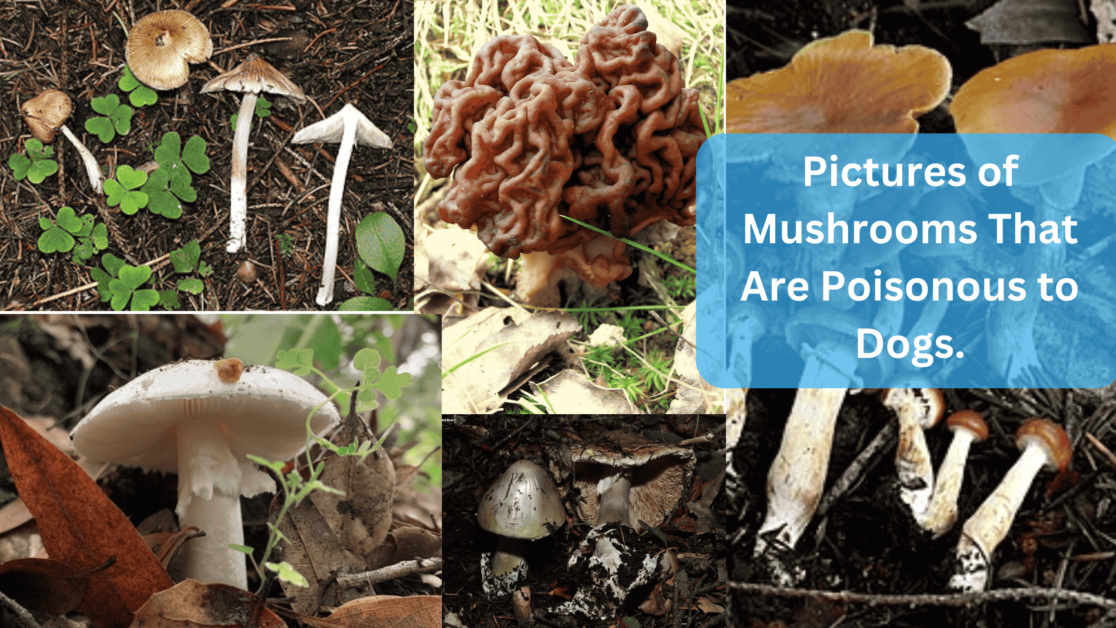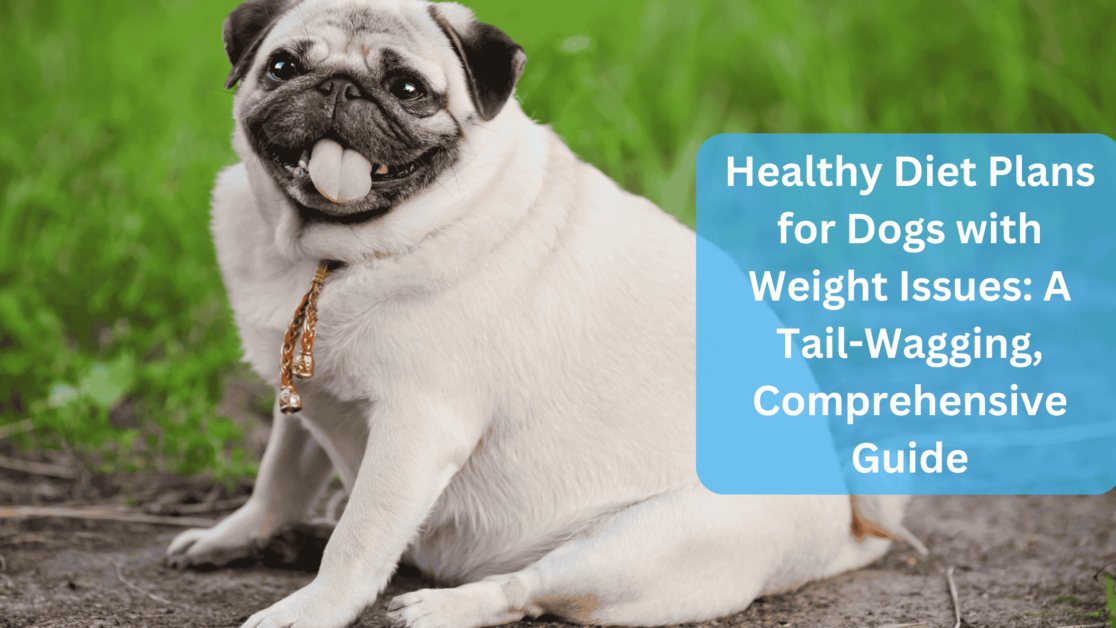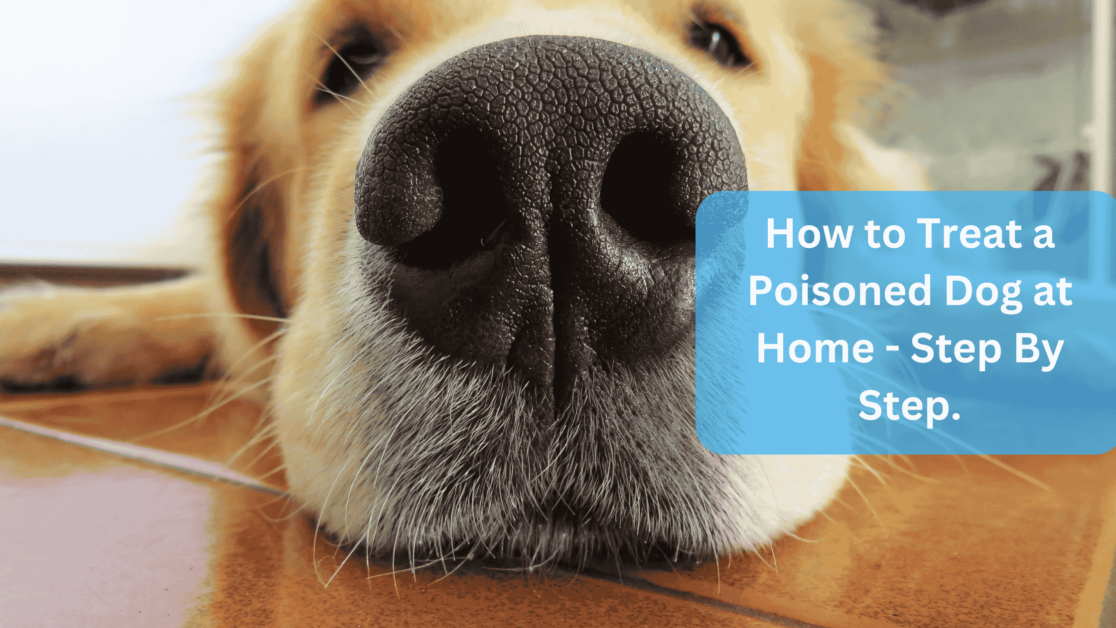The Great Dane Blue Heeler Mix, also known as the Great Heeler, is a unique hybrid dog resulting from the crossbreeding of a Great Dane and a Blue Heeler. With its large size and energetic personality, this mix has become increasingly popular among dog owners in recent years. This article will examine this fascinating breed’s characteristics, care, and training.
| Characteristic | Description |
|---|---|
| Size | Large |
| Height | 22-32 inches |
| Weight | 60-110 pounds |
| Life Span | 8-14 years |
| Coat | Short, dense, and shiny |
| Coat Colors | Blue, black, brindle, or a combination of these colors |
| Grooming Needs | Moderate |
| Temperament | Affectionate, loyal, intelligent, protective |
| Training Needs | Moderate |
| Exercise Needs | High |
| Health Concerns | Hip dysplasia, bloat, deafness, eye problems |
| Food/Diet Needs | 3-4 cups of high-quality dry dog food per day, divided into two meals |
| Price | $500-$1500 |
The Blue Heeler: A Overview

The Blue Heeler, or the Australian Cattle Dog, is a medium-sized breed originally bred for herding cattle in Australia. The breed was created in the 1800s by crossing various British herding breeds with the native Australian Dingo.
The result was a hard-working, intelligent, and energetic dog capable of working long hours in harsh conditions. Today, Blue healers are still used for herding. Still, they are also popular as family pets due to their loyalty, trainability, and affectionate nature.
They are known for their striking blue or red coat and their distinctive “heeler” trait, where they nip at the heels of cattle to herd them. Blue Heelers are a high-energy breed requiring plenty of exercises and mental stimulation to keep them happy and healthy.
They are known for their intelligence and problem-solving abilities, which can sometimes get them into mischief if they need to be adequately trained and socialized.
Also Read : Blue Heeler Corgi Mix: A Comprehensive Guide.
The Great Dane: A Overview

The Great Dane is a majestic, imposing breed often called the “Apollo of Dogs.” Originally from Germany, the Great Dane was bred as a hunting dog and later as a guard dog. Today, they are known for their gentle and affectionate nature, as well as their impressive size. Great Danes can grow up to 32 inches tall at the shoulder and weigh up to 175 pounds. They have a short, smooth coats in various colors, including fawn, brindle, and black. Great Danes are known for being great with children and other pets despite their size.
Characteristics of the Great Dane Blue Heeler Mix
The Great Dane Blue Heeler Mix is a hybrid breed that combines the traits of the Great Dane and the Blue Heeler. As a result, this breed can exhibit a wide range of physical and behavioral characteristics.
In terms of appearance, the Great Dane Blue Heeler Mix can have a lean, muscular body. This is combined with the height of a Great Dane and the sturdy build of a Blue Heeler. The coat can be short or medium and typically comes in various colors, including black, blue, brindle, and white.
In terms of temperament, the Great Dane Blue Heeler Mix can be a friendly breed, much like both parent breeds. They are typically intelligent, loyal, and protective of their family, making them excellent guard dogs. However, they can also be independent and strong-willed, which may require an experienced dog owner.
The Great Dane Blue Heeler Mix is also known for its high energy levels. It requires regular exercise and mental stimulation to stay healthy and happy. This breed may need to be more suitable for apartment living due to its size and energy levels.
Overall, the Great Dane Blue Heeler Mix can make an excellent addition to a loving and active family with the time and resources to provide them with the proper care and training they need.
Great Dane Blue Heeler Mix Life span
The life span of a Great Dane Blue Heeler Mix ranges from 8 to 14 years, depending on factors such as genetics, diet, exercise, and overall health care.
While some may live longer, others may be affected by certain health issues that can shorten their life span.
Therefore, it is important for potential owners to be aware of these health concerns and take preventative measures to ensure their pet lives a healthy and happy life.
The physical appearance of the Great Dane Blue Heeler Mix
The Great Dane Blue Heeler Mix is a large dog that typically grows between 22 and 32 inches (56 to 81 cm) tall at the shoulder and can weigh anywhere from 60 to 110 pounds (27 to 50 kg).
As a mixed breed, the physical appearance of the Great Dane Blue Heeler Mix can vary widely depending on the traits inherited from each parent. They have a muscular build with a deep chest, broad head, and pointed ears that may stand erect or flop over.
Their coat is usually short and dense, with various colors, including blue, black, brindle, or a combination of these. The Great Dane Blue Heeler Mix has a distinctive appearance, making it stand out from other dog breeds.
Personality and Temperament of the Great Dane Blue Heeler Mix
The Great Dane Blue Heeler Mix is known for its affectionate and loyal personality. They are brilliant and love to please their owners, making them easy to train. They are also protective of their family and make excellent watchdogs.
Due to their Great Dane and Blue Heeler heritage, they may have a high prey drive and be inclined to chase smaller animals. Early socialization and training can help mitigate these tendencies.
They are gentle with children and make great family pets. They are also highly active and require daily exercise to prevent boredom and destructive behaviors.
Overall, the Great Dane Blue Heeler Mix is a devoted and energetic companion that requires a committed owner willing to meet their physical and mental needs.
Training and exercise for the Great Dane Blue Heeler Mix
Training and exercise are crucial for the Great Dane Blue Heeler Mix. They are a high-energy breed that requires mental and physical stimulation to stay happy and healthy. Positive reinforcement training methods work best for this mix, as they respond well to praise and treats.
Socialization is also necessary for this breed, as they can be prone to separation anxiety and may become destructive if left alone for long periods. Taking your Great Dane Blue Heeler Mix to puppy classes and exposing them to various people and animals can help prevent these issues.
As for exercise, this breed requires at least one hour of vigorous daily activity, such as running, playing fetch, or accompanying on long walks. Mental stimulation is also necessary, so incorporating puzzle toys, obedience training, and other mentally stimulating activities can help keep them occupied.
It’s critical to note that while exercise is essential, it’s also important not to over-exercise this breed, especially during the first year of their life when their bones are still developing. Too much exercise can lead to joint problems later in life. A veterinarian or dog trainer can help determine the amount of activity for your Great Dane Blue Heeler Mix.
Health Concerns for the Great Dane Blue Heeler Mix
Like all mixed breed dogs, the Great Dane Blue Heeler mix can be prone to inheriting health issues from their parent breeds. Some health concerns to be aware of include the following:
- Hip Dysplasia: Both Great Danes and Blue Heelers are susceptible to hip dysplasia. The hip joint doesn’t develop properly in this condition, leading to discomfort and mobility issues.
- Bloat: Great Danes are also prone to bloat, where the stomach twists, trapping air and preventing normal digestion. This can be life-threatening if not treated quickly.
- Deafness: Blue Heelers can carry a gene that leads to deafness, so it’s essential to have their hearing tested as puppies.
- Eye issues: Great Danes can be prone to eye problems, such as cataracts, progressive retinal atrophy, and glaucoma.
- Joint Problems: Given the size of the Great Dane, they can be prone to common issues like arthritis, especially as they age.
To prevent or manage these health issues, it’s essential to feed your Great Dane Blue Heeler mix a healthy diet, provide regular exercise, and take them to the vet for regular checkups. You should also watch for discomfort or illness and seek veterinary care promptly if you notice anything concerning.
Also Read : German Shepherd Chihuahua Mix: The Perfect Blend
Feeding and Grooming the Great Dane Blue Heeler Mix
Feeding and grooming are essential aspects of caring for any dog, and the Great Dane Blue Heeler Mix is no exception.
Feeding:
Feeding your Great Dane Blue Heeler Mix high-quality dog food appropriate for their age, size, and activity level is essential. They may have specific dietary needs based on their health concerns or allergies, so it’s always a good idea to consult a veterinarian about the best diet for your dog. It’s also essential to ensure that your dog has access to clean water.
Grooming:
The Great Dane Blue Heeler Mix has a short, dense coat that is relatively easy to maintain. They require regular brushing to remove loose hair and prevent matting, but they must only be bathed occasionally.
They may need more frequent baths if they spend much time outdoors or get dirty. It’s also essential to keep their nails trimmed and their ears clean to prevent infections.
Additionally, dental hygiene is critical for all dogs, including the Great Dane Blue Heeler Mix. It would help if you brushed their teeth regularly or provided dental chews or toys to help keep their teeth clean and healthy.
Regular grooming and feeding practices can help keep your Great Dane Blue Heeler Mix healthy and happy for years.
Great Dane Blue Heeler Mix price
The price of a Great Dane Blue Heeler Mix can vary depending on factors such as the location, the breed’s availability, and the breeder’s reputation. It is essential to be wary of breeders who offer puppies at meager prices or without proper health clearances.
Great Dane Blue Heeler Mix puppies can cost anywhere from a few hundred to a few thousand dollars. Adopting a Great Dane Blue Heeler Mix from a rescue or shelter is also possible, which is often a more affordable option.
Is a Great Dane Blue Heeler Mix Right for You?
If you are considering adding a Great Dane Blue Heeler mix to your family, it’s important to ponder whether this breed is the right fit for you. This crossbreed can be a great companion for the right owner, but there may be better fits for some.
One crucial factor to consider is the size of the Great Dane Blue Heeler mix. This breed can be quite large and may only be suitable for those living in smaller homes or apartments with ample space for exercise and play.
Additionally, the Great Dane Blue Heeler mix may not be a good fit for those who cannot dedicate time and effort to training and socialization. These dogs can be energetic and require regular exercise, mental stimulation, and proper training to manage their strong personalities.
Overall, the Great Dane Blue Heeler mix can be a loyal and affectionate companion for those who will provide them with the proper care and attention they need. Researching and carefully considering whether this breed fits your lifestyle is essential before deciding.
Where to Find a Great Dane Blue Heeler Mix
Suppose you’re interested in getting a Great Dane Blue Heeler Mix. In that case, finding a reputable breeder or adoption agency is essential. One option is to search for breeders online or on social media platforms.
Still, it’s necessary to thoroughly research the breeder and ask for references and health clearances for the parents. You can also check with local animal shelters or rescue groups to see if they have any Great Dane Blue Heeler Mixes available for adoption.
Some organizations also specialize in rescuing specific breeds, so it’s worth checking with breed-specific rescue groups. Additionally, attending dog shows or events can be a great way to meet breeders and other owners of Great Dane Blue Heeler Mixes and learn more about the breed.
